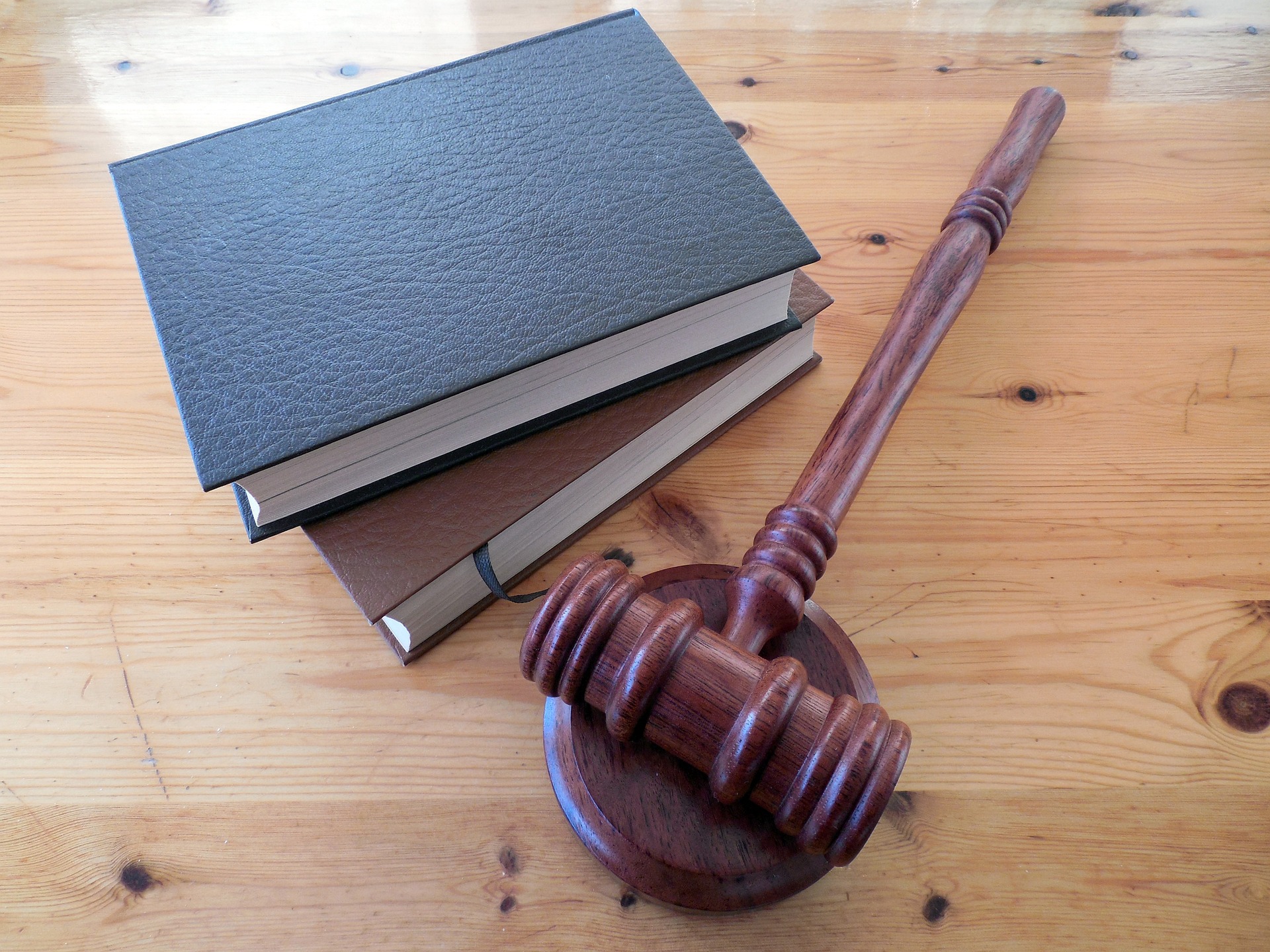The Implications of Executive Orders: A Closer Look
Executive Orders (EOs) form a vital pillar in the U.S. political sphere. These presidential proclamations have the force of law and allow the Chief Executive to make key decisions. Let's delve deep into this intriguing facet of our legal system.
Understanding Executive Orders
An Executive Order is a directive issued by the President of America who manages federal laws’ operations. Rooted deeply in the Constitution, its basis relies on Article Two, granting “executive power” to the President. Over time, these orders have evolved, impacting society in numerous ways. From Lincoln’s Emancipation Proclamation to Roosevelt’s internment of Japanese-Americans during World War II, EOs have shaped our nation’s journey, for better or worse. ### Historical Context: Shaping the Nation
Presidents have used EOs to bypass legislative delays and enact significant societal changes. Truman issued EO 9981 in 1948, integrating the Armed Forces. This move overcame severe opposition in Congress and marked critical progress in the Civil Rights Movement. However, historical perspective teaches us that they can also cause harm. EO 9066, signed by Roosevelt, led to the incarceration of 120,000 Japanese-Americans, a dark chapter in our history.
Legalities and Challenges: A Balancing Act
Often, EOs face legal challenges and scrutiny. They can be overturned by federal courts if found to be unconstitutional or in violation of existing laws. Until 1952’s Youngstown Sheet & Tube Co. v. Sawyer case, no court had ever invalidated an EO. In this case, the Supreme Court, through Justice Black’s majority opinion, emphasized the checks and balances principle and restricted the presidential ambit concerning EOs. The current legal standing insists on two key tenets: the President must have derived the authority from the Constitution or conferred by Congress to enact an EO.
Executive Orders in the Recent Years
With the revolving door of administrations, the use or rescindment of EOs becomes a tool for successive Presidents to contrast their policies against predecessors. The Trump administration, for example, took an aggressive stance with its EOs, issuing many in the early days of his presidency. In turn, President Biden did the same, targeting many of Trump’s orders on his first day in office.
Impacting Society: Far-reaching Implications
The effects of EOs reach our everyday lives. For instance, the Clean Power Plan launched by Obama’s EO led energy companies to reduce their carbon emissions. Some, like Trump’s controversial travel ban, have fueled societal debates, forcing us to confront challenging questions about national security and individual rights.
Though EOs are powerful tools, they face limitations. They grant no new powers to the President and can’t create funding or laws. Furthermore, they can be revoked by successors, as seen in the frequent policy shifts between the Trump and Biden presidencies.
In the final analysis, Executive Orders shape our nation’s narrative with their far-reaching implications. They act as catalysts for change or barriers in the path of unwanted developments. Whether they lead to progressive transformation or upheaval, they remain a constant reminder of the balancing act required in our democratic setup.





